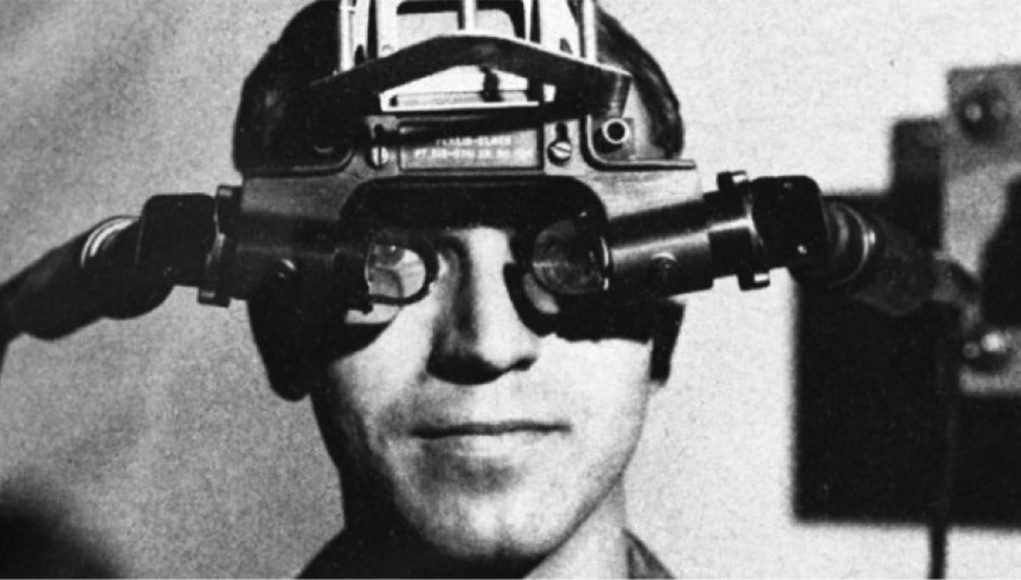 Fred Brooks was in the process of looking for his next research agenda when he heard Ivan Sutherland give a speech in 1965 at a computer conference that laid out his vision for future of virtual reality. Sutherland said that you shouldn’t think of a computer screen as a way to display information, but rather as a window into a virtual world that could eventually look real, sound real, move real, interact real, and feel real.
Fred Brooks was in the process of looking for his next research agenda when he heard Ivan Sutherland give a speech in 1965 at a computer conference that laid out his vision for future of virtual reality. Sutherland said that you shouldn’t think of a computer screen as a way to display information, but rather as a window into a virtual world that could eventually look real, sound real, move real, interact real, and feel real.
Brooks won the Turing Award in 1999 for some of his pioneering work in the computer architecture, operating systems, and software engineering when he was at IBM. He also wrote the famous book, The Mythical Man-Month based upon some of his experiences. In 1964, Brooks left IBM to start the computer science department at the University of North Carolina at Chapel Hill.
Sutherland’s vision was articulated fully in his 1965 “The Ultimate Display” paper that predicts the trajectory of technology towards virtual reality, head-mounted displays, eye tracking, haptics, speech recognition, and even the holodeck.
I had a chance to catch up with Brooks at the IEEE VR conference in South Carolina in March where he shared some of the highlights from the very beginning of VR, and then on through the big milestones that he’s seen develop over the last fifty years.
LISTEN TO THE VOICES OF VR PODCAST
Fred Brooks recalled seeing Sutherland speak at the Fall Joint Computer Conference in 1965, but I could not find any mention of Sutherland’s speech from the publication of the conference proceedings listed online. I did find that Sutherland’s “The Ultimate Display” paper was published in 1965 in the Proceedings of the IFIP Congress, pp. 506-508.
Brooks had a paper titled “The Future of Computer Architecture” that was also published in that same Proceedings of the IFIP Congress in 1965, and so it’s possible that Sutherland’s speech happened at the International Federation for Information Processing conference rather than the Fall Joint Computer Conference. Whenever this speech happened may well be the first time that Sutherland shared his thoughts about what would become virtual reality to a public gathering of his academic peers.
By 1968, Sutherland had built a prototype of the Sword of Damocles, and published a paper titled “A Head-Mounted, Three-Dimensional Display” within the AFIPS Proceedings of the Fall Joint Computer Conference, Part I, pp. 757-764. Last year at IEEE VR, I interviewed Henry Fuchs who was one of Sutherland’s students and fellow VR professor at UNC Chapel Hill.
The virtual reality research that has happened at the University of North Carolina at Chapel Hill has laid the foundations for the current VR revolution, and Brooks wants the current VR enthusiasts to remember that Sutherland had laid it all out from the very beginning in 1965 with that speech of his vision of making computer graphics that look real, sound real, move real, interact real, and feel real.
Donate to the Voices of VR Podcast Patreon
Music: Fatality & Summer Trip







